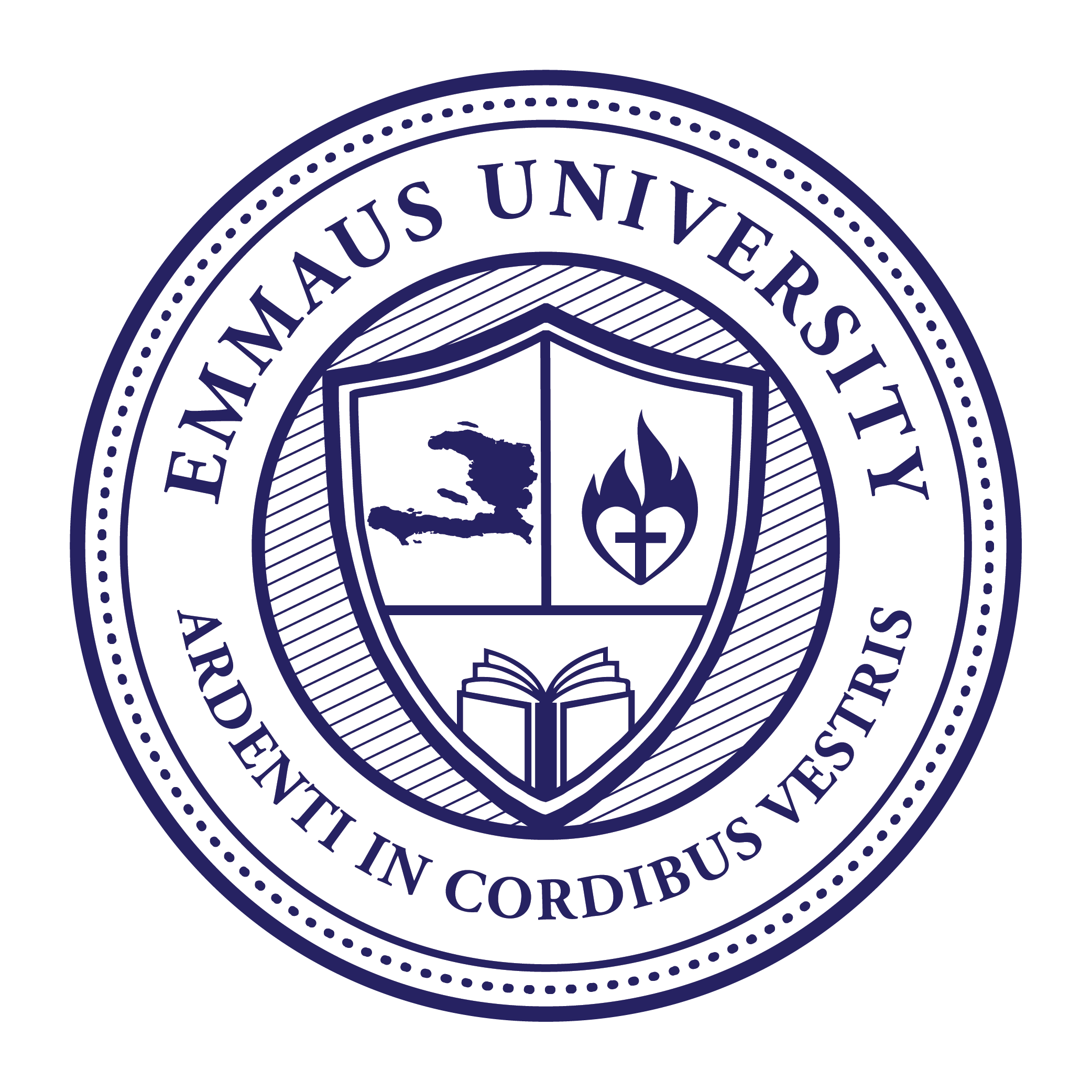
Haiti’s population is a little over 9 million with a large portion of those under the age of 18, partly due to high birthrates and shorter life expectancies. About a third of Haitians are under the age of 14 and 59% are between 15 and 64 years old; just 3 percent are over the age of 65. French and Haitian Creole are the official languages of the country. Roughly 80% of Haitians are Roman Catholic, while fewer than one in five claims to be Protestant. Roughly 95% of Haitians – regardless of religious affiliation – hold at least some Voodoo beliefs or superstitions. Haiti is the poorest country in the Western Hemisphere. More than two-thirds of the population is unemployed. Its main exports are apparel, oils, cocoa, mangoes and coffee.
Haiti is also only the second country to gain its independence as a republic after a colonial revolution. The other was the United States.
Haiti, once known as the “Pearl of the Antilles,” has an incredible abundance of natural resources. During its time as a French colony, it was the world’s largest exporter of sugar. Largely untapped, Haiti has some of the largest oil reserves in the world, surpassing Venezuela. There are also rich, unmanned deposits of gold, natural gas, and copper. With proper leadership, political stability, and cultural change, Haiti could once again become a significant land of wealth and prosperity!
Haiti occupies the western third of the Caribbean island of Hispaniola, sharing a border with the Dominican Republic. The island lies 700 miles off the coast of Florida and covers an area slightly smaller than the state of Maryland. Port-Au-Prince is Haiti’s capital and largest city.
The name “Haiti” means “land of the high mountains” and indeed most of the country is very rugged and mountainous. Haiti is a tropical climate, hot and humid during most months of the year. Some areas of the country are arid and dry where the mountains cut off the winds. Haiti lies in the middle of the hurricane tracks of both the Atlantic and Caribbean and is frequently subject to severe hurricane seasons.
Emmaus University is located on Haiti’s northern coast a few miles outside of Cap-Haitian, Haiti’s second largest city. The small rural village of Cercaville along Haiti’s National Highway 1 in Acul du Nord is home to the University campus and community. The University’s beautiful modern 7-acre campus sits on a lush coastal plain within sight of the Atlantic Ocean just 30 minutes from the international airport.
In spite of its challenges, Haiti is a beautiful country filled with remarkable people made uniquely and eternally in the image of God.
The native Taino Amerindians inhabited the island of Hispaniola when it was discovered by Columbus in 1492. Within 25 years the Taino Amerindians had been virtually annihilated by Spanish settlers. In the early 17th century, the French established a presence on Hispaniola. Haiti became a bustling French colony, based on forestry and sugar-related industries, Haiti became one of the wealthiest colonies in the Caribbean but only through the heavy importation of African slaves and considerable environmental degradation. African slaves were imported by the thousands to work on sugar, tobacco and coffee plantations. A long and violent slave uprising finally led to Haitian independence in 1804. Haiti became the first black republic to declare independence. However, the country could not revive its profitable plantation economy. Haiti has been plagued by political violence for most of its history.
Haiti endured a series of occupations by U.S. Marines and, beginning in the 1950s, a period of rule by brutal dictators François “Papa Doc” Duvalier and his son, “Baby Doc”. During that period, an estimated 30,000 Haitians were killed for being opponents of the Duvalier regime. The country returned to a few brief months of democratic rule under President Jean-Bertrand Aristide, who was temporarily overthrown in a coup that eventually led to intervention by the United Nations, which continues today. Haitians currently live with a tentative restored government and a demobilized military.
In 2008, Haiti was hit by four tropical storms back-to-back, which severely damaged the transportation infrastructure and agricultural sector. Then on January 12th, 2010, a massive magnitude 7.0 earthquake struck Haiti with an epicenter about 15 km southwest of the capital, Port-au-Prince. The earthquake is assessed as the worst in this region over the last 200 years; massive international assistance is required to help the country recover. (Content from https://mohhaiti.org/about-haiti.)